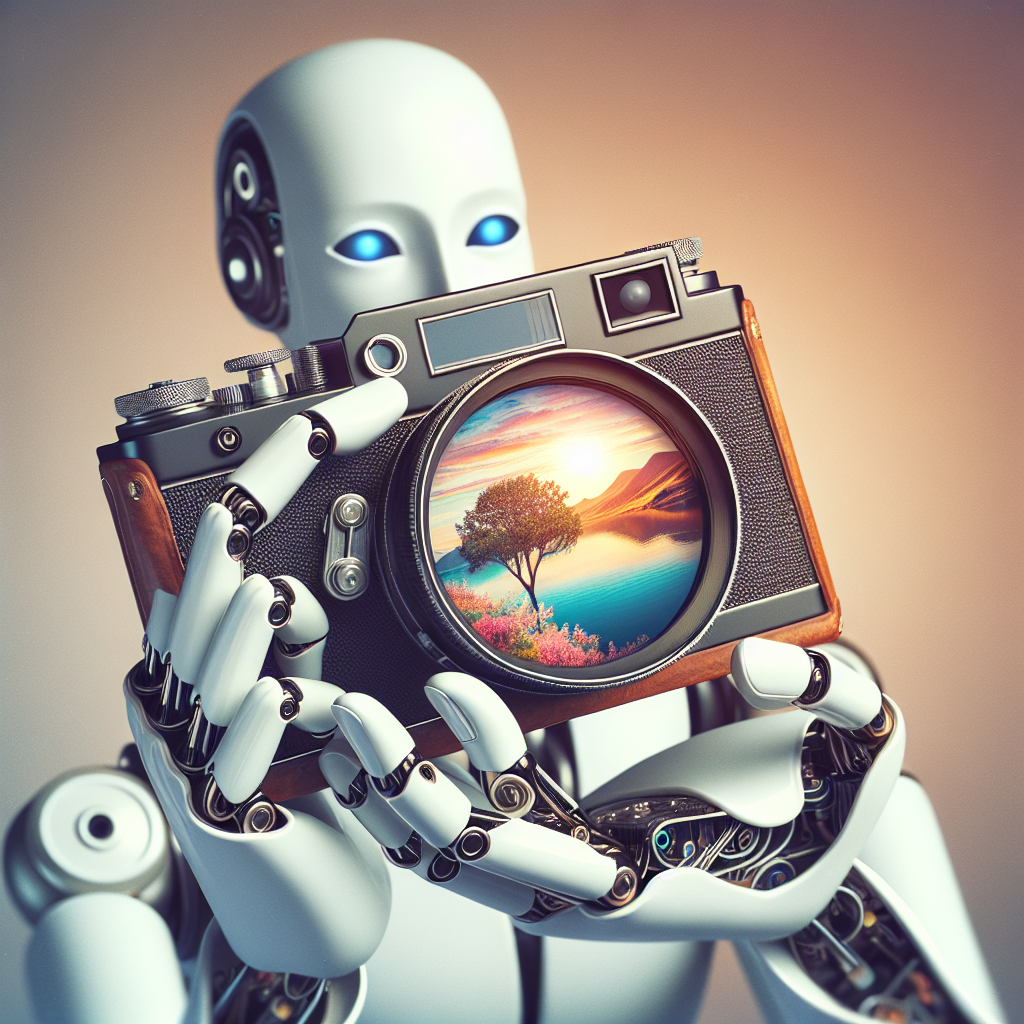Artificial Intelligence (AI) has been revolutionizing various industries, and photography is no exception. With the advancements in AI technology, photographers are now able to enhance their visual storytelling in ways that were previously unimaginable. From improving image quality to automating the editing process, AI is changing the way we capture and share moments through photography.
One of the most significant ways AI is enhancing visual storytelling in photography is through image enhancement. AI algorithms can analyze an image and automatically adjust parameters such as brightness, contrast, and color balance to improve the overall quality of the image. This not only saves photographers time in post-processing but also ensures that every image they capture is of the highest quality.
AI-powered editing tools are also becoming more prevalent in the photography industry. These tools can automatically remove unwanted objects from an image, enhance facial features in portraits, and even create artistic effects such as painting styles or black and white conversions. With the help of AI, photographers can now achieve professional-level edits with just a few clicks.
Another way AI is changing photography is through image recognition technology. AI algorithms can analyze an image and identify objects, faces, and even emotions within the frame. This not only helps photographers organize and categorize their images more efficiently but also opens up new possibilities for creative storytelling. For example, photographers can use AI to automatically tag images with relevant keywords or even create photo albums based on the emotions captured in each image.
AI is also being used to automate the process of image curation and selection. By analyzing various factors such as composition, lighting, and facial expressions, AI algorithms can help photographers choose the best images from a photoshoot. This not only saves time but also ensures that photographers are showcasing their best work to their clients and audience.
Furthermore, AI is enabling new forms of creative expression in photography. For example, AI-powered tools such as generative adversarial networks (GANs) can create realistic images from scratch based on a set of input parameters. This opens up new possibilities for photographers to experiment with different styles and concepts that were previously out of reach.
In addition to enhancing visual storytelling, AI is also making photography more accessible to a wider audience. With the rise of smartphones and social media platforms, everyone has become a photographer in their own right. AI-powered tools such as automatic image enhancement and editing apps are empowering amateur photographers to create professional-looking images with ease.
However, with the rise of AI in photography, there are also concerns about the impact on creativity and authenticity. Some critics argue that AI tools can make photography too easy, leading to a homogenization of styles and a loss of individuality. Others worry about the potential for AI to be used to manipulate images and deceive viewers.
Despite these concerns, the benefits of AI in photography are undeniable. By automating time-consuming tasks and expanding creative possibilities, AI is empowering photographers to push the boundaries of visual storytelling. As AI technology continues to evolve, we can expect even more innovative applications in photography that will further enhance the way we capture and share moments.
FAQs:
Q: Can AI completely replace traditional photography skills?
A: While AI is becoming increasingly advanced in enhancing visual storytelling in photography, it cannot completely replace traditional photography skills. The human eye and creative intuition are still essential in capturing moments and telling stories through images. AI tools should be seen as a complement to traditional skills rather than a substitute.
Q: Are there ethical concerns with using AI in photography?
A: There are ethical concerns with using AI in photography, particularly in terms of image manipulation and deception. Photographers should be transparent about the use of AI tools in their work and strive to maintain the authenticity of their images. It is important to use AI responsibly and ethically to ensure that the integrity of photography is preserved.
Q: How can photographers stay ahead in the age of AI?
A: To stay ahead in the age of AI, photographers should embrace new technology and continuously learn how to incorporate AI tools into their workflow. By staying informed about the latest advancements in AI and experimenting with different tools and techniques, photographers can leverage AI to enhance their visual storytelling and stay competitive in the industry.
Q: Will AI eventually replace human photographers?
A: While AI technology is advancing rapidly, it is unlikely that AI will completely replace human photographers. The creative aspect of photography, such as composition, storytelling, and emotion, is difficult to replicate with AI. Human photographers bring a unique perspective and artistic vision to their work that cannot be replicated by machines. AI should be seen as a tool to enhance rather than replace human creativity in photography.

